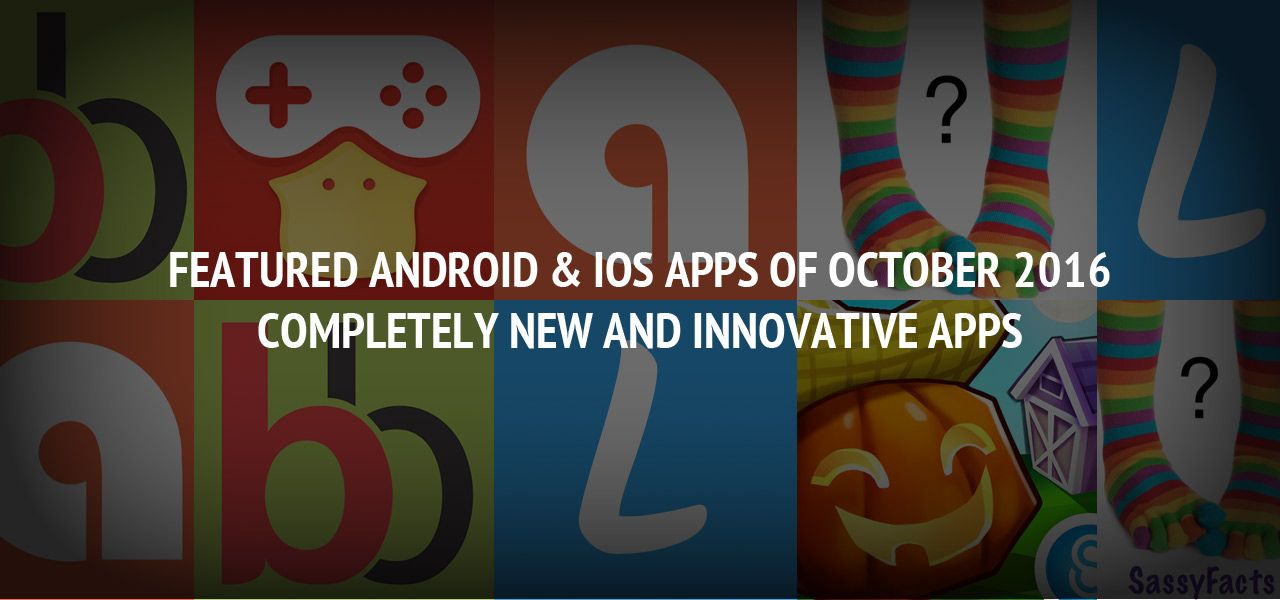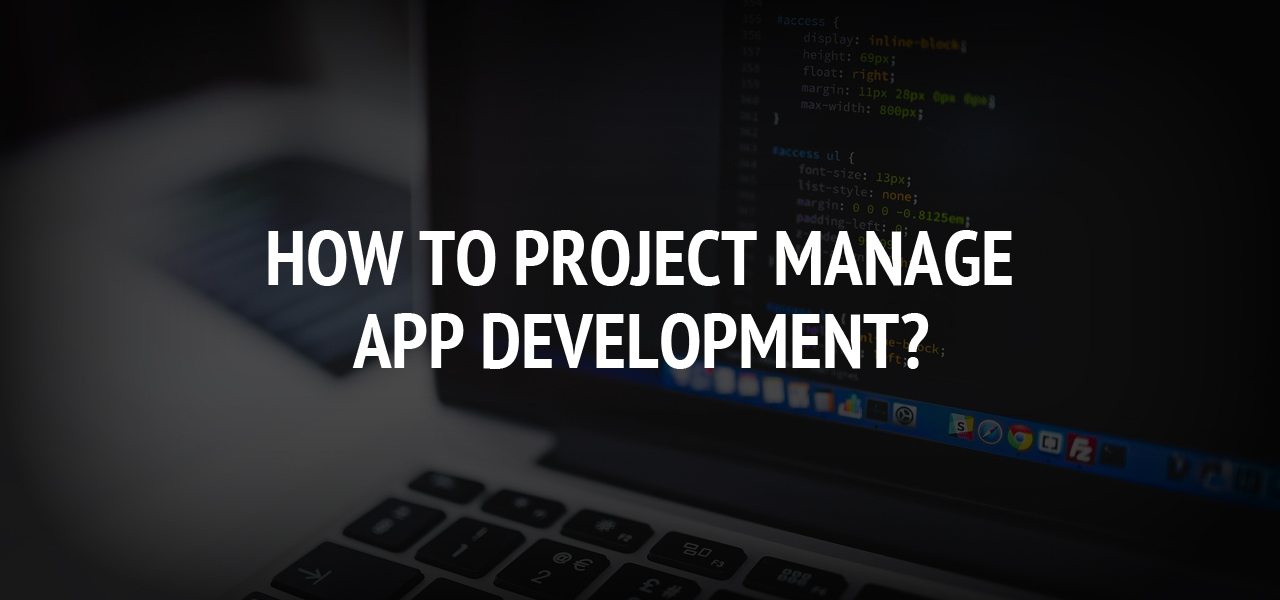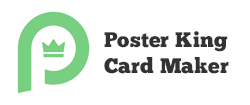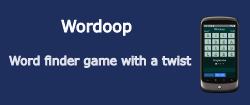5 Ways to Monetize Your App
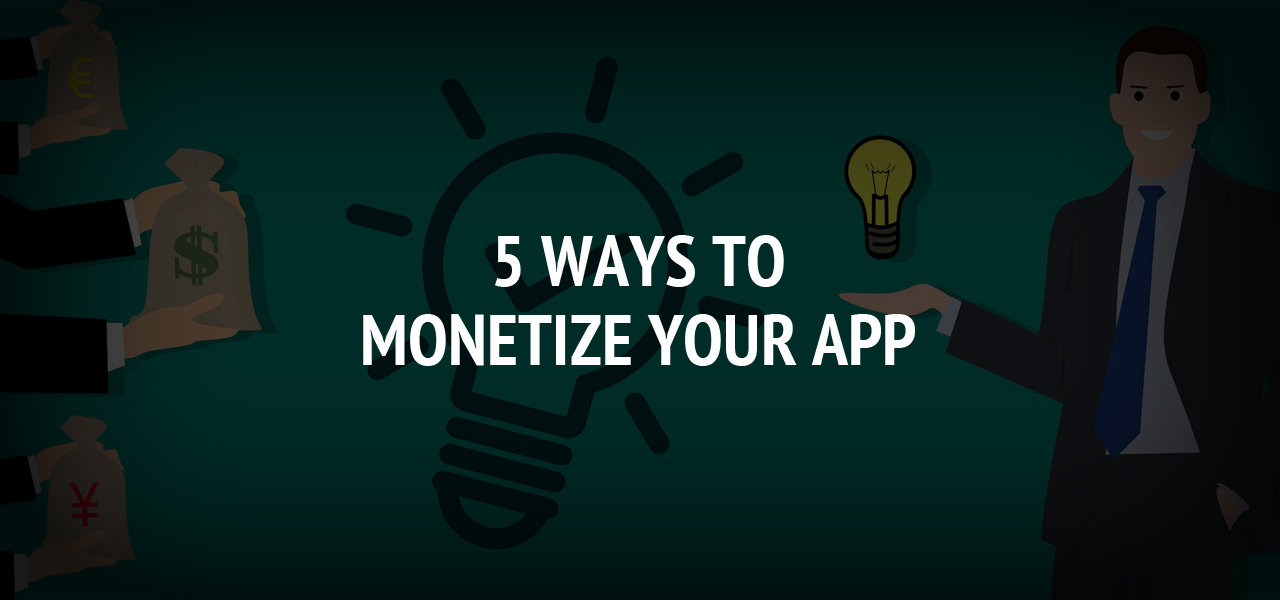
By 2021, mobile app revenue is expected to reach over $130 billion. That’s about double the revenue from just a couple years ago.
To put it simply, the application industry is booming, and those numbers above don’t even account for all the desktop apps in the world.
There aren’t many industries with such explosive growth, yet low barriers to entry. When it comes to apps, anyone with a little creativity and savvy can have their own share of the success. It’s why development companies are popping up across the internet and no-code app builders have become a mainstream tool for entrepreneurs and founders.
Along the way to grabbing their own share of the app industry’s success, though, many of those same startups and developers run into a roadblock. They either can’t figure out how to properly monetize their app, or they choose the wrong method altogether.
The result? A lot of time and effort sent straight down the drain.
Before running into that same obstacle yourself, learn 5 of the most popular and potentially lucrative ways to monetize your app.
1. Paid App
Offering a one-time purchase for an app is often the go-to, obvious choice. It’s simple and straightforward; you sell the app at a set price, and when a user downloads it, they pay that set price.
Charging a one-time fee has its pros and cons.
Benefits include things like:
- A lower maintenance cost because you won’t have to budget for user retention like you would with subscription plans, for example
- A shorter time frame between launching and breaking even because one-time purchases usually yield a higher profit than other monetization options
- Not having to worry about failed payments, held payments, or slow payouts
Of course, with that comes a set of drawbacks, like:
- A higher marketing budget because it takes more money and time to bring in new users than it does to keep them around (like with a subscription model)
- A higher up-front price point since you’re charging a single fee, which might turn some users away
- An unpredictable month-to-month revenue compared to app monetization methods like subscriptions, where income tends to stabilize
With a paid-app, however, you can add in other monetization strategies; a user’s up-front payment doesn’t have to be their last.
2. In-App Purchases
In-app purchases can either be a standalone monetization method or an addition to another method of payment. For example, if you sell your app with a single payment, you can also add in-app purchases.
In-app purchases are commonly found in gaming apps — think about all the free games you can download that offer “boosts” or other extras at a small cost. Along with running ads, this is how many gaming apps bring in their revenue.
In-app purchases can be used in other categories, too. Another place you’ll find them are on job boards or freelancing websites, where the platform is free, but to send extra proposals, bids, etc, a user might be required to purchase more credits.
You can get creative with in-app purchases and apply the method to nearly any app. It’s a great standalone option, but works well in conjunction with other strategies, too.
3. Subscription
Subscription-model apps are some of the most common on the market, especially when it comes to SaaS applications. Think project management apps, business tools, marketing software, social media management, and so much more. The types of subscription apps out there are endless, as this model can be applied to nearly anything.
When comparing this option to a single-purchase app, subscriptions give you the benefit of:
- A predictable monthly recurring revenue because once a user is on board, you’ll know when their next payment is coming through, and how much it will be for
- A higher onboarding rate because with subscriptions, you can generally charge a lower up-front price, since the cost will be spread out
- Less money spent on marketing because costs for keeping an existing customer on board versus bringing in someone new are lower
Subscription plans are great it your app provides an ongoing service or software because it gives reason for users to keep paying, month after month (or year after year).
4. White Labeling
If you’re building an app that provides a specific solution to a broad market, white labeling could be the best monetization method for you.
White labeling involves creating an application, and then selling it to other companies to use as their own. For example, you might create a real estate aggregator with features for both brokers and buyers. Instead of marketing your app to those brokers and buyers themselves, you could sell it to real estate companies who can put it up on their own website as their own tool.
Another example might be a flight aggregator. If you built an app that pulled flight prices in from 50 different websites, you could sell your aggregator to a flight booking company. That company would then turn around and use it as their own.
The beauty is, since a “white labeled” app doesn’t keep your name on it (you essentially sell it as a template for anyone to use and put their own name and branding on), you can sell it to multiple companies or businesses within a sector.
If you have a market-wide solution, where your app can solve a problem for any business within that market, white-labeling can allow you to continue selling your app, over and over again, at a relatively high price point. This type of monetization method is valuable for B2B models.
5. Freemium
Another widely-used monetization strategy is the freemium purchase model.
With a freemium app, you let users download a basic version for free, and then charge for an upgrade.
This is one of the most common methods around, and you’ll frequently see it used with SaaS models in conjunction with subscriptions, although any type of app can make use of it.
The premise is incredibly basic (which makes it appealing to new developers or startups):
- Offer a stripped-down version of your app for free (or on a timed trial basis)
- Offer higher tiered plans with additional features at different price points
- Charge for those other plans on a one-time-payment or subscription basis
Freemium apps are everywhere — from the gaming category, to email marketing services, and even full-blown website builders.
Keep in mind, though, your freemium model needs to give users a reason to upgrade and stick around. If your free version is too basic, users won’t have a chance to actually get a sense of what your app can do for them. On the other hand, if you offer too many features for free, they’ll have no reason to upgrade.
With the freemium model, you need to find a healthy balance between offering too much and offering too little. That way, you can keep the right users on board long-term.
Which App Monetization Method is Right for You?
Before you do anything, make sure you know your market. To bring users on board in any form or fashion, you have to know who they are and what they want. You could have the best app in the world, but if you fail to connect with potential users, you’ll have a hard time gaining any traction at all.
Once you do have a good grip on who you want to reach with your app, consider things like:
- Whether your app offers ongoing services or usage options — do users have reason to engage with your app on a regular basis? If so, you might be able to exclude one-time-payment options.
- Do you plan to spend more time, money, and effort on retention, or advertising, and have you weighed the potential ROI for each?
- Does your app benefit other businesses, or individual users?
- Do you plan on offering a single version of your app, or are there more robust options with additional features?
By starting down that investigative path, you’ll easily be able to narrow down your monetization options. Whichever you choose, though, realize you’re not stuck to it forever. If you don’t see success with one method, try adding in another, or switching your tactics altogether.
Building and launching an app is never a “one and done” process. There are endless opportunities to test, trial, and improve. Use that same thought process when it comes to your monetization, too.
About The Author
Related Blog
View All-
Featured Android & iOS Apps of October 2016 - Completely New and Innovative Apps
The October has been ended. Every month we are coming with new apps and games lists. Today we listed best apps of October 2016. Every month many apps releases. But we listed few excellent apps which are released in last month October 2016. These apps are very ...
-
How to Project Manage App Development?
Running a business can be a daunting task as you will have to handle many aspects, such as marketing, sales, and other paperwork. And like a business, knowing how to project manage app development is a complicated process. You have to build a good app while adhering ...


